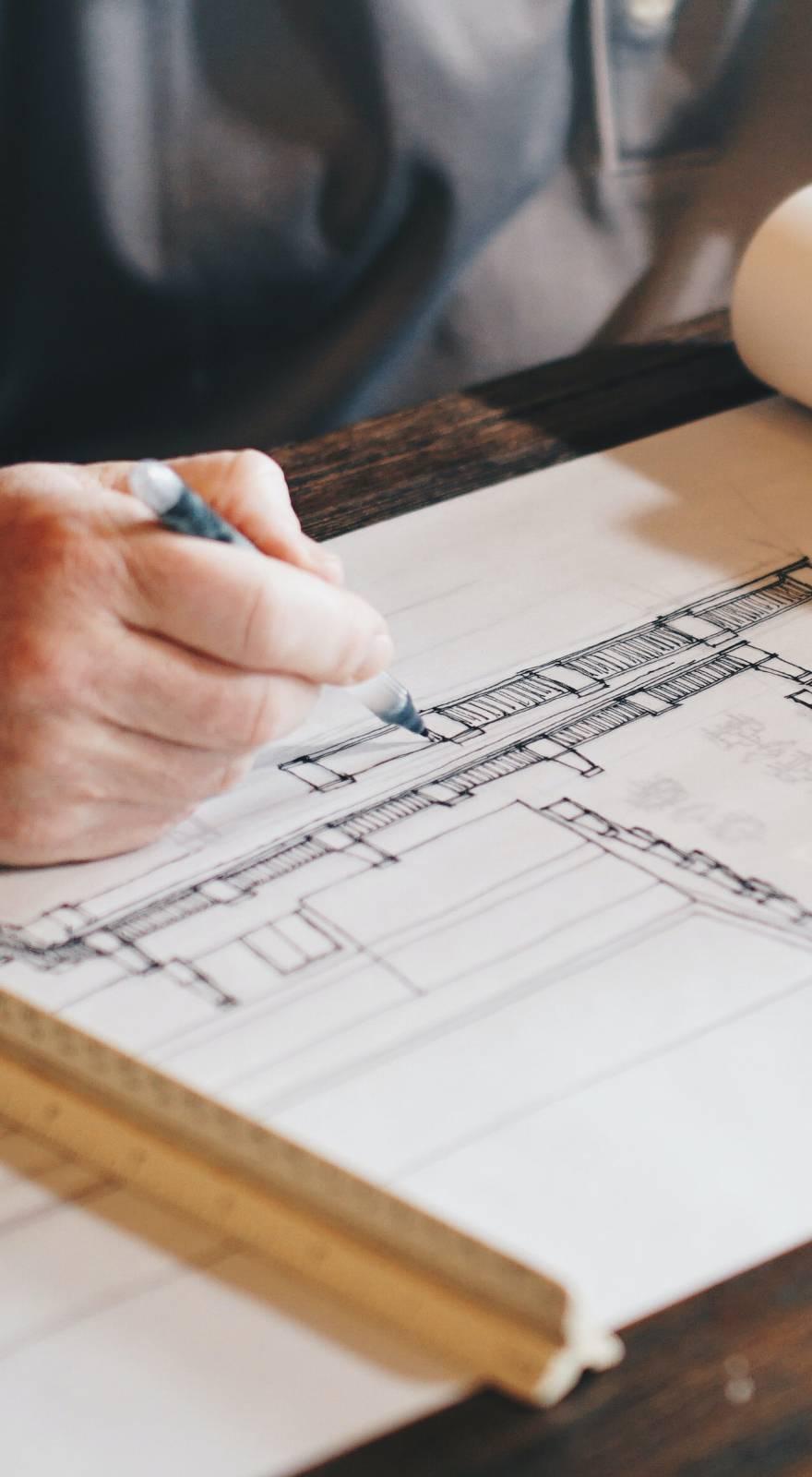Knowde Enhanced TDS
Identification & Functionality
- Chemical Family
- Technologies
- Product Families
Features & Benefits
- Labeling Claims
- Ready-to-Use Product Features
- Advantages
- High strength, structural paste adhesive.
- Non-sag consistency ideal for vertical and overhead applications.
- Paste consistency ideal for underwater applications.
- 100% solvent-free.
- Moisture tolerant.
- 24-hour cure time.
- Non-toxic when fully cured.
- Product DOT non-corrosive for shipping.
Applications & Uses
- Applications
- Application Method
- Uses
- Adhesive for bonding external reinforcement to concrete, masonry, wood, stone, steel, etc.
- Structural bonding of QuakeWrap®, PipeMedic®, PileMedic® and SpiRe products.
- Structural bonding on vertical and overhead surfaces.
- Coverage
Surface Application:
- Applied at a thickness of 40 mil results in 40 square feet per gallon (1 liter per square meter).
- Rough and uneven surfaces result in lower yields.
- Contact a QuakeWrap® specialist for more information.
Laminate Application:
- Applied at a thickness of 20 mil results in 80 square feet per gallon (0.5 liters per square meter).
- Application Equipment
Use a putty knife or trowel for smoothing of resin.
3-gallon & 15-gallon Kits:
Metering or dispensing equipment with ratio capabilities of 2:1 with liquid to paste viscosity range.
- Surface Preparation
For Bond-Critical Applications:
- Surfaces must be entirely free of oil, grease, dirt, detergent, laitance, curing compounds, coatings, or other contaminants that may interfere with adhesion.
Steel:
- Immersion Service: SSPC-SP10 near-white blast cleaning with 3.0 mil profile.
- Non-Immersion Service: SSPC-SP6 - commercial blast cleaning with 2.0 mil profile.
Concrete:
- Concrete shall be properly cured and no longer outgassing before application.
- Final prepared surface should be clean and rough.
- The concrete surface should be prepared to a minimum concrete surface profile (CSP) 2 as defined by the ICRI surface-profile chips.
- Mixing
- Prior to mixing, all products should be preconditioned to room temperature (65 - 85 °F / 18 - 29 °C).
- Portion out 2 components by weight.
- Pour Part B into a container with Part A, mix for at least 2 minutes.
- Do not mix more material than can be applied within the pot life.
- Begin application immediately.
3-gallon Kit:
- Pour Part B hardener into Part A resin.
- Hand mix for 3 minutes, scraping sides and bottom of the container to ensure complete mixing.
15-gallon Kit:
- Pre portion batch with scale.
- Mix for 3 minutes using a Jiffy mixer head and a mechanical drill.
- To ensure complete mixing, scrape the sides and bottom of the container and continue mixing for an additional 1 to 2 minutes.
- Do not hand mix.
- Application
- Air and surface temperature should be between 45 - 95 °F (7 - 35 °C).
- Do not begin application if air, substrate, or material temperatures is below 45°F (7°C) or expected to fall below 44°F (7°C) within 24 hours of application.
- Do not begin application if the dew point is within 5°F (3°C) of the temperature.
- Variations in temperature can affect the pot life and sag properties of this material.
- Apply product to substrate with a putty knife or notched trowel and smooth to appropriate thickness.
- Cleanup
- Collect with absorbent material, flush with water.
- Clean up using acetone or other ketone solvents.
- Limitations
- QuakeBond™ 220UR will not cure in temperatures below 40°F.
- Seek approval from a QuakeWrap representative for applications of the product below 45°F.
- All epoxies will show chalking/yellowing on exterior exposures.
- Application of epoxy coatings in cool temperatures and high humidity can result in the formation of amine blush.
- Blush may appear as a milky, white, tacky residue on the surface of the cured coating and must be removed before the application of another coat.
- Intercoat adhesion problems may occur if blush is not removed.
Properties
- Typical Properties
| Value | Units | Test Method / Conditions | |
| Viscosity (Mixed) | Non-Sag Paste | - | - |
| Mix Ratio (Weight, A:B) | 2:1 | - | - |
| Pot Life (77°F) | 90.0 | minutes | - |
| Full Cure Time | 24.0 | hours | - |
| Tensile Strength | 4360.0 | psi | ASTM D-638 |
| Shear Strength | 2300.0 | psi | ASTM D-1002 |
| Flexural Strength | 9000.0 | psi | ASTM D-790 |
| Adhesion to Concrete | Substrate Failure | - | - |
| Adhesion to Steel | min. 1,200 | psi | SSPC-SP10 |
| Adhesion to Damp Concrete (Substrate Failure) | min. 350 | psi | - |
| Tensile Elongation | 5.0 | % | - |
| Hardness | 84.0 | Shore D | - |
Packaging & Availability
- Packaging
- 3-gallon (11.4 L) kits.
- 15-gallon (56.8 L) kits.
Storage & Handling
- Shelf Life & Storage
- Shelf life is 12 months from the marked date of manufacture when unopened and stored in a dry, covered area at temperatures between 65 - 85 °F (18 - 29 °C).
- Keep away from heat, flame, and ignition sources.

